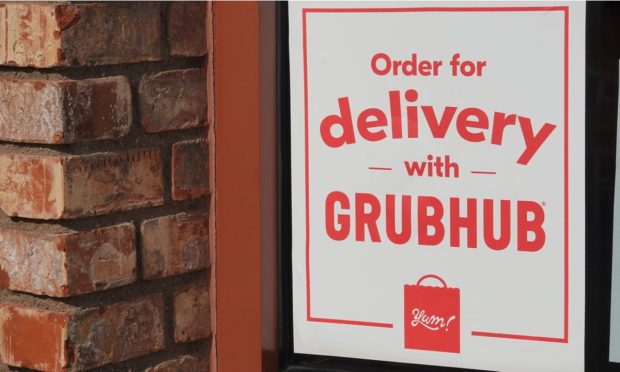Popular Restaurants Using Aggregators Lose Key Loyalty Opportunities

With restaurant aggregator customers typically ordering from the same few spots, eateries are missing out on a valuable opportunity to build direct digital relationships with consumers.
Research from PYMNTS’ study “Connected Dining: Third-Party Restaurant Aggregators Keep the Young and Affluent Engaged,” which drew from a March survey of nearly 2,300 U.S. consumers, revealed that 58% of aggregator users already know which restaurant they will buy from before logging in.
This finding suggests that consumers are not using aggregators for discovery — rather, these third-party marketplaces are either the only way or the easiest way that consumers know how to access their favorite restaurants.
This finding highlights a missed opportunity for restaurants. If consumers are already seeking out their brand, then restaurants should be able to convert that customer to their direct ordering platforms, especially now, when the barrier of entry for establishing a digital presence for restaurants is lower than it has been in the past.
Given that these restaurants that are popular on third-party marketplaces already have relationships with aggregators, setting up direct ordering platforms should be even simpler, as leading third parties offer white-label solutions that give restaurants more control and access to their customers.
For instance, DoorDash has its DoorDash Drive solutions, which offer ordering and delivery from restaurants’ own sites and apps. Uber Eats has its comparable Uber Direct service, and Grubhub similarly has Grubhub Direct.
These solutions come from aggregators noting the strength of restaurant customers’ connections to certain brands, as Kate Green, vice president of restaurant services and innovation at Grubhub, told PYMNTS in an interview.
“What we’ve seen too is that diners are going to make their choice based on where they’re going to want to order, and it’s our job to be able to create the best experiences for those diners and for our restaurant partners, whether that’s on a direct channel or whether that’s on marketplace,” Green said. “So, we see them really as more complementary than [as] competing channels.”
Indeed, overall, direct ordering is significantly more popular than purchasing restaurant meals from third-party aggregators, according to data from PYMNTS’ study “The 2022 Restaurant Digital Divide: Restaurant Apps and Websites in the Spotlight.” The report, which drew from a survey of nearly 2,000 U.S. consumers, found that 16% of consumers primarily order food via restaurants’ direct ordering channels such as their website or their app. Meanwhile, only half of that share (8%) stated that they mainly order food via third-party aggregators.
Many of the most popular restaurant chains have been looking to meet demand by offering delivery through their direct digital ordering platforms.
Yet, the world’s largest restaurant company by revenue, Starbucks, which has established a wide online following, continues to make its offerings only available for delivery via third-party marketplaces, with even its own website redirecting consumers to DoorDash and Uber Eats when they want to make a delivery purchase. The brand does not allow consumers to earn Starbucks Card rewards for their delivery orders “at this time.”

